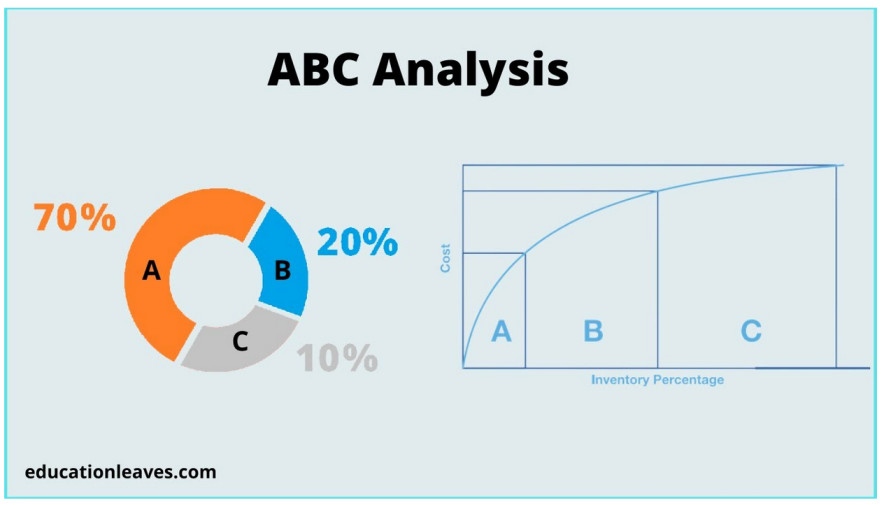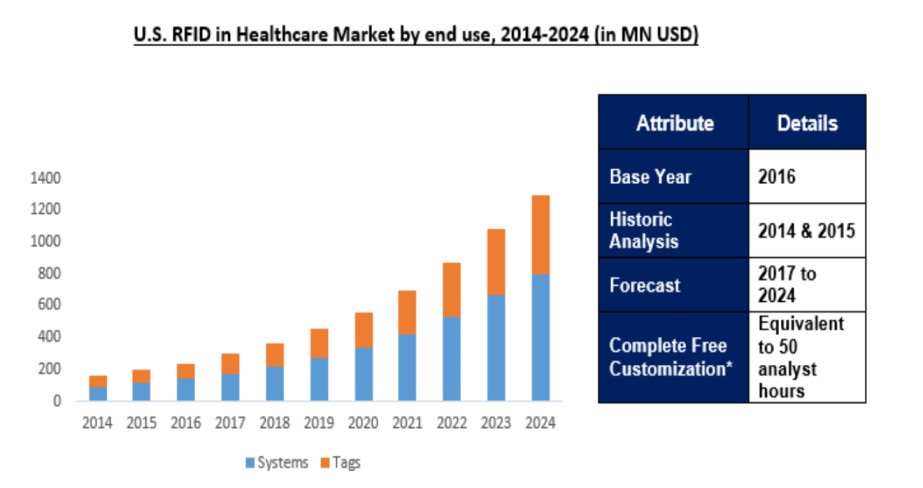Medical Inventory Management: Optimize Patient Care With Effective Strategies
Do you want to monitor and track your medical inventory in an effective and cost-friendly manner? Here’s how to manage the stock of your healthcare unit.
In this article:
- Importance of Medical Inventory Management
- Types of Medical Inventory Management
- Perpetual Inventory
- Periodic Inventory
- Best Practices for Medical Inventory Management
- 1. Adopt a Structured Inventory Plan
- 2. Label Supplies & Equipment
- 3. Forecast Demand With Predictive Analysis
- Conclusion

Effective medical inventory management is the backbone of any healthcare facility. This systematic process ensures that medical supplies, medications, and equipment are available right when and where they are needed.
Accounting for 37.3% of the average healthcare costs, medical inventory is all about creating a smooth flow of resources for high-quality patient care.
Besides avoiding stock outs, a balanced medical supply inventory helps healthcare units reduce waste and minimize the risk of overstocking. This leads to a better emergency response rate and ensures compliance with regulatory standards, resulting in happier, more satisfied patients.
Importance of Medical Inventory Management
Hospitals and clinics rely on a steady supply of medical items to treat patients. Without proper inventory management, there is a risk of running out of consumables, which can delay treatment and negatively impact patient outcomes. An inventory system ensures that all healthcare supplies are stocked, leading to fewer shortages and high-quality patient care.
In addition, planning medical supplies could cut the operational expenses by $1,800 per surgery, thereby improving the financial health of your unit. Since automated inventory systems track consumables in real-time, they promptly alert staff when items are running low and need to be reordered. The result is a healthy bottom line with reduced manual errors and downtime.
For medical facilities, overstocking means tying up capital in unused supplies, while expired or unused items lead to a financial loss. Healthcare inventory management helps you maintain the sweet spot between these extremes by tracking inventory levels and usage patterns. This aids you in making more informed purchase decisions, negotiating better terms with suppliers, and reducing waste.
Types of Medical Inventory Management
Effective medical supply inventory management is crucial for healthcare facilities to maintain a steady supply of equipment and consumables. Medical units usually use two methods to keep track of their stock levels: perpetual and periodic inventory. Let’s learn more about these two types of inventory management.
Perpetual Inventory
Perpetual inventory management is a method where inventory records are continuously updated in real-time. This system begins with a physical count as the foundation, which is then updated based on supplies’ usage and orders. When you use any supplies, like a surgical kit or syringe, the system automatically updates the stock levels to reflect the change.
This inventory method uses advanced tools, such as barcode scanners and radio frequency identification (RFID) tags, running on a point of sale (POS) system. As a result, perpetual inventory automatically tracks stock levels as items are received, used, or moved within the facility. Here are the benefits of perpetual tracking:
- Reduces the chances of human error by continuously updating inventory records
- Forecasts future demand and usage patterns through real-time data analytics
- Maintains an up-to-date record of current stock levels and expiry dates
Periodic Inventory
Periodic inventory management is based on checking and updating stock levels at regular intervals (or at the end of an accounting period). In this method, healthcare employees conduct a physical inventory count weekly, monthly, or quarterly, depending on the nature of the medical facility. Unlike the perpetual system, periodic inventory does not continuously monitor changes in inventory. Instead, it relies on physical counts and manual record-keeping.
The periodic medical inventory is ideal for small clinics and hospitals with a low patient volume because it's easier and more budget-friendly than other methods. However, as your inventory turnover rates grow, you may benefit from the real-time tracking and automation of a perpetual system.
Best Practices for Medical Inventory Management
1. Adopt a Structured Inventory Plan
When it comes to medical supply inventory management, one of the best things you can do is adopt a structured plan. What is the current state of your inventory? What are some areas of improvement in your inventory? What do you want to achieve? Once you have all these answers, draft detailed SOPs for all medical inventory tasks (ordering, receiving, and storing).
You can also use ABC analysis to group the inventory based on its usage and value. A-items can be the ones with high-value but low usage, like high-cost diagnostic tools or medications like insulin. Moderate-value items that have a balanced impact on costs and quantity can be tagged in B-items, including surgical gloves and standard medicines. C-items are those that have a minimal impact on costs but are high in quantity (eg, gauze pads or cotton balls).

ABC Analysis
2. Label Supplies & Equipment
Tagging systems, like labels and barcodes, provide a systematic way of organizing medical supplies and equipment. With everything clearly marked, staff can easily find and store items, reducing time spent searching for what they need. Labeling supplies also helps adhere to regulatory standards, for example, by tracking expiration dates through tags.
With barcodes (and electronic tracking), you can update your inventory levels in real-time using mobile phones or hand scanners. RFID tags can also be loaded with essential information, like the item’s name, category, stock-keeping unit (SKU) and expiration date. Besides labeling the supplies, label storage locations (shelves, bins, rooms) to quickly locate consumables.

RFID Tech Use in Healthcare
3. Forecast Demand With Predictive Analysis
Predictive analysis is based on using historical data and usage patterns to determine future inventory for medical supplies. This practice minimizes stockouts and shortages by ensuring that medications are always available, leading to improved patient care and satisfaction. Here’s how you can predict future inventory:
- Identify patterns using historical data (like increased demand in flu season)
- Analyze patient demographics and treatments to see which supplies are used most often
- Calculate inventory turnover rates to understand how quickly supplies are used up
- Perform scenario analysis for different variables (eg, pandemics or high patient volume)
- Monitor trends in medical treatments and technologies and stock inventory accordingly
Conclusion
Proper healthcare equipment management is crucial for optimizing patient care and ensuring the smooth operation of medical facilities. A well-managed inventory prevents stockouts and overstocking, making it easier to comply with regulatory standards. It also helps medical units reduce operational expenses by minimizing waste and avoiding emergency procurement costs.
Are you struggling to keep track of your medical equipment assets? Look no further than Itefy Asset and Equipment Management Software. With a centralized, cloud-based tracking system, Itefy helps you track and manage your medical inventory in no time. It also has features like QR labels and maintenance management, keeping track of your consumables’ and their locations. You can also see your usage patterns and maintenance needs, all from a user-friendly app.
